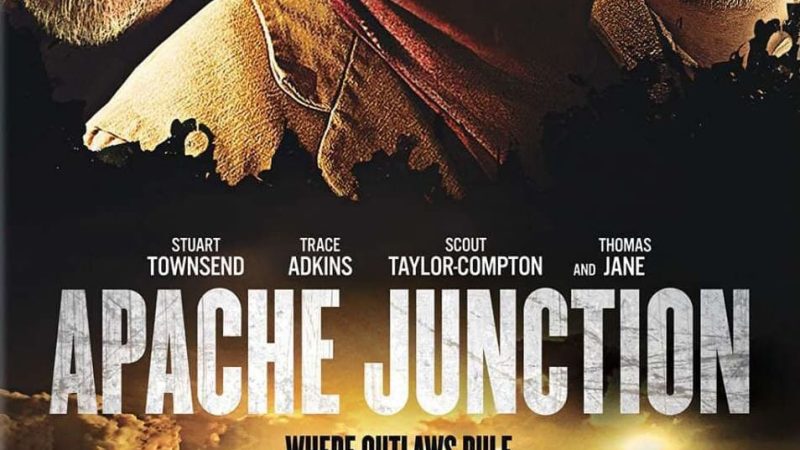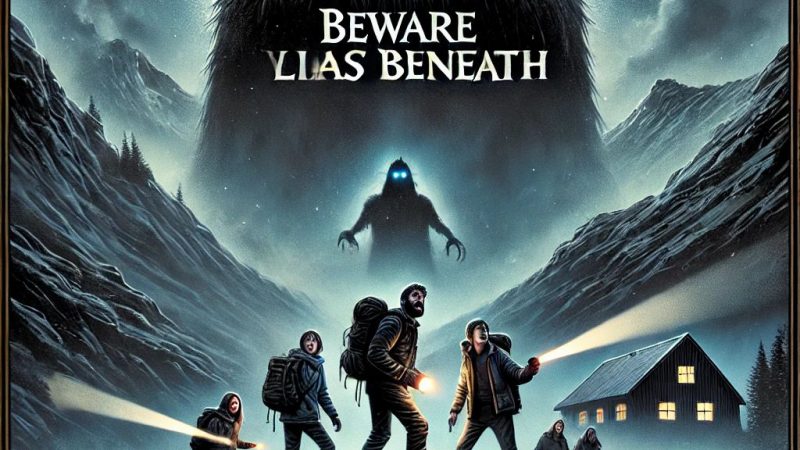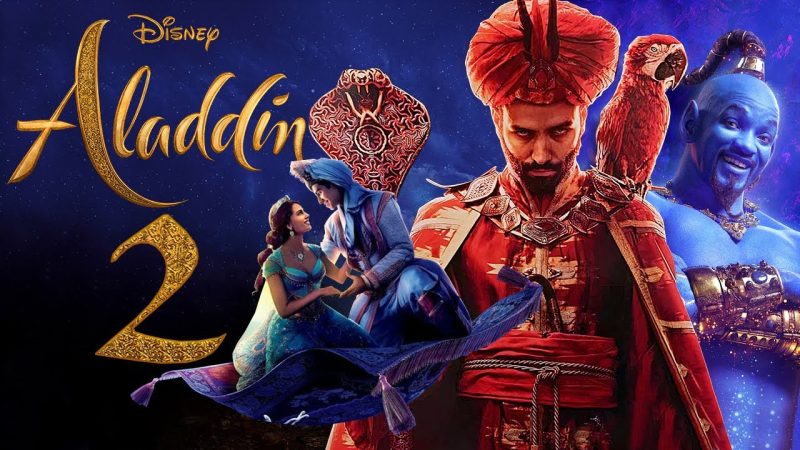“Save the Last Dance” (2001): A Heartfelt Journey of Dance, Dreams, and Love
Released in 2001, Save the Last Dance is an American dance film directed by Thomas Carter and produced by MTV Films. The movie quickly captured the hearts of audiences with its compelling mix of romance, dance, and personal growth. Starring Julia Stiles as Sara Johnson and Sean Patrick Thomas as Derek Reynolds, the film blends elements of classical ballet and hip hop, while exploring themes of identity, grief, and overcoming obstacles.
Plot Overview
The story follows Sara Johnson, a talented ballet dancer who dreams of attending Juilliard. Her life takes a tragic turn when she fails her audition and, in the same moment, loses her mother in a car accident. Struggling with guilt, Sara gives up ballet and moves to Chicago to live with her estranged father, where she transfers to an urban school.
At her new school, Sara befriends Chenille, a single teen mother, and is introduced to the world of hip hop at a local dance club. There, she meets Derek, Chenille’s older brother, who becomes her dance partner and mentor. Derek helps Sara combine her ballet skills with hip hop, allowing her to rediscover her love for dance.
As Sara and Derek grow closer, they face challenges not only from their different backgrounds but also from the complexities of their personal lives. Sara’s relationship with Derek is tested when Derek’s jealous ex-girlfriend, Nikki, causes a rift between them. Meanwhile, Derek struggles with his own choices, particularly his involvement with a friend named Malakai, who is deeply entrenched in gang culture.
Despite these obstacles, both Sara and Derek continue to pursue their dreams. Derek supports Sara during her crucial second audition for Juilliard, and Sara encourages him to follow his aspirations of attending Georgetown University. The film reaches a heartfelt climax as Sara is accepted into Juilliard, and she and Derek rekindle their relationship.
A Cinematic Blend of Dance Styles
Save the Last Dance is notable for its seamless integration of ballet and hip hop, two dance styles that initially seem worlds apart. The film’s choreography, paired with a memorable soundtrack, creates a dynamic and emotionally charged atmosphere. The dance scenes, including Sara’s first hip hop performance at the club, highlight her personal growth and her ability to embrace new experiences despite her initial reservations.
The improvisational nature of Sara and Derek’s dance practice in the school cafeteria is one of the standout moments, showcasing the chemistry between the actors and the raw energy of the scene.
Reception and Legacy
While Save the Last Dance received mixed reviews from critics, it was widely appreciated by audiences, especially teenagers. The film earned more than $91 million at the U.S. box office and became a cult favorite. Critics acknowledged the movie’s predictable elements but praised its entertainment value, calling it a fun, heartwarming teen romance.
Roger Ebert gave the film three out of four stars, praising its intelligent development and complex characters, despite its clichéd setup. The movie’s success also led to a number of accolades, including a win at the MTV Movie Awards for “Best Kiss” and nominations for “Best Dance Sequence” and “Best Female Performance.”
Cultural Impact
Save the Last Dance is remembered not only for its dance sequences but also for its portrayal of cross-cultural relationships and the power of perseverance. The film’s influence can still be seen in later teen movies that explore similar themes of self-discovery, love, and the pursuit of dreams.
Ultimately, Save the Last Dance is a film that resonates with anyone who has ever faced setbacks but refused to give up on their dreams. It remains a beloved classic, capturing the transformative power of dance, love, and the strength to overcome life’s challenges.
Trailer :
Hits: 309










